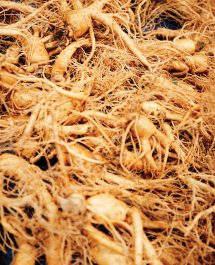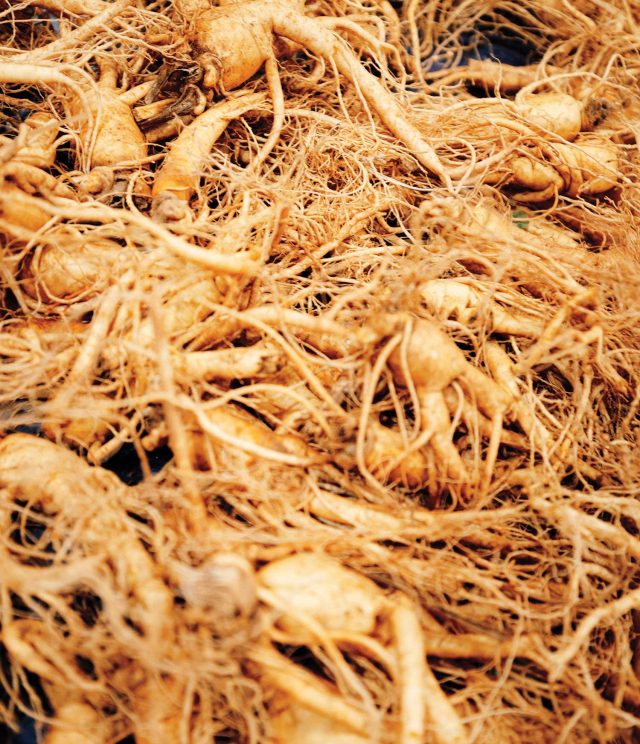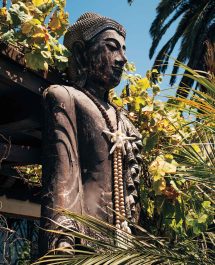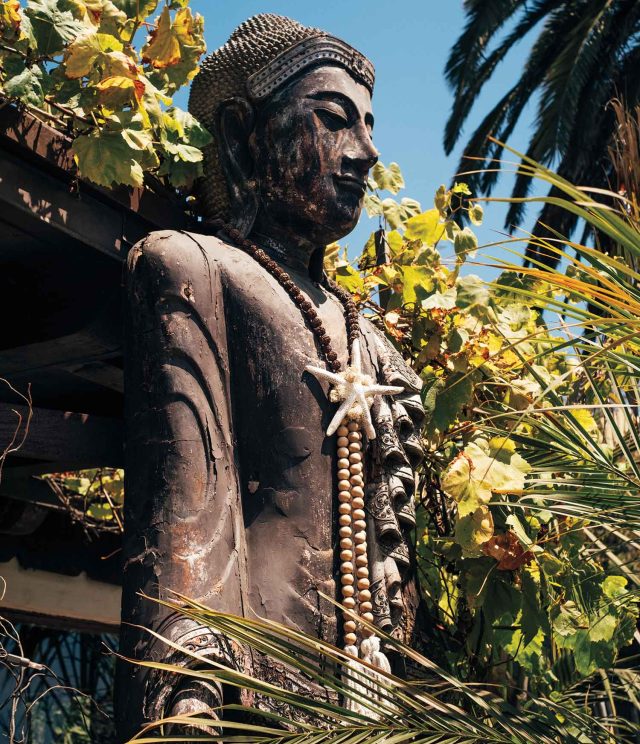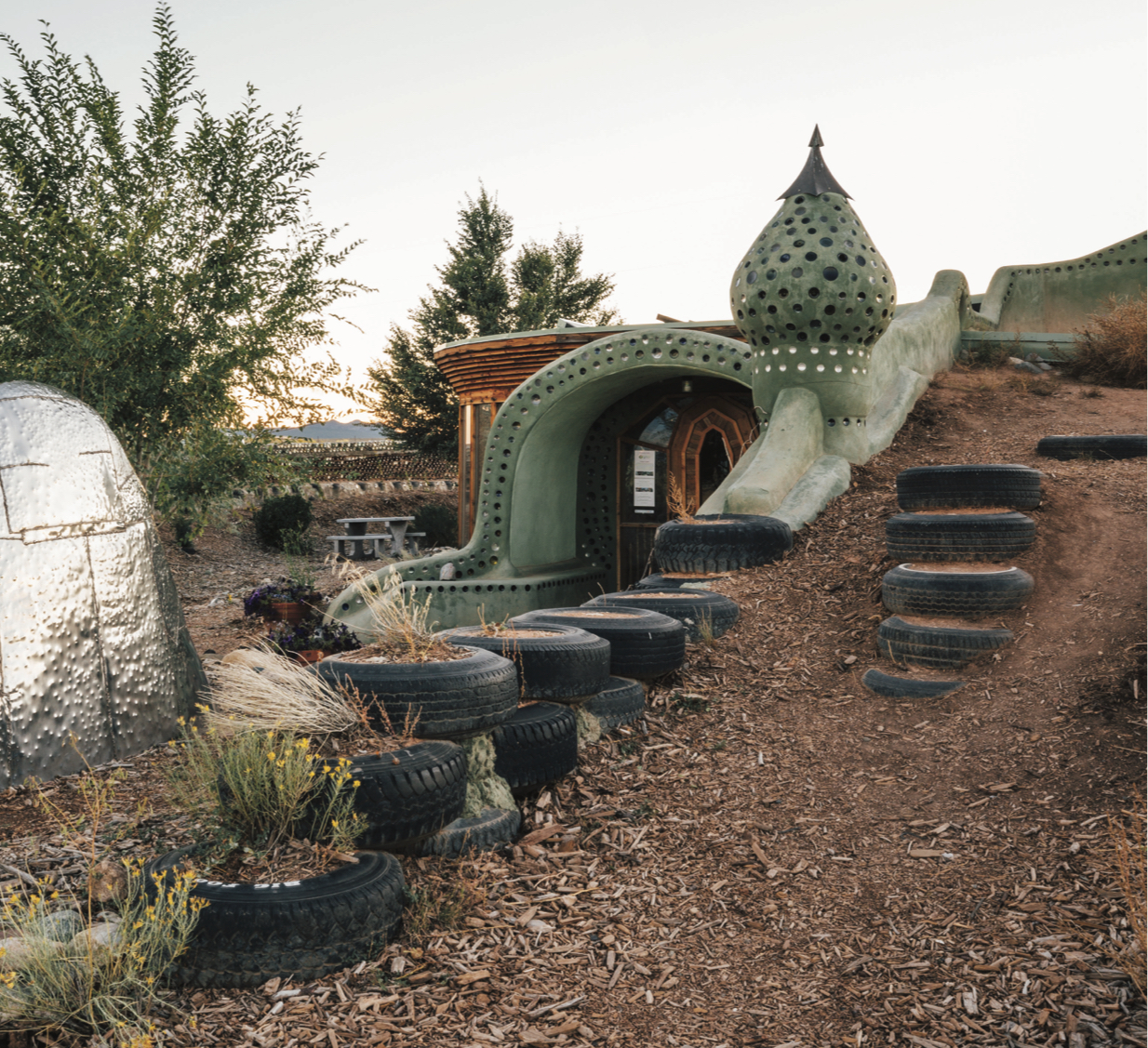
STORY BY STACIE STUKIN
PHOTOGRAPHS BY JONAS JUNGBLUT
THERE’S SOMETHING ALLURING ABOUT THE AIR IN TAOS —the altitude is high (nearly 7,000 feet) and it’s arid. There’s something about the light, too—it’s harsh, yet reveals a spectrum of magnificent colors that bursts forth in a terrain that boasts mountain and desert landscapes. Sage greens, striking shades of ocher-red adobe, and the bluest of blue skies all change hue in delightful ways as the sun moves through the day. Wide-open vistas offer views for miles, with cloud formations that take your breath away.
That visual panoply keeps visitors coming to this New Mexico town—a two-and-a-half-hour drive from Albuquerque—as does the opportunity for outdoor activities such as hiking, horseback riding, and skiing. Plus a rich history steeped in Native American, Spanish Colonial, and Wild West culture. There’s also the myriad of American artists and visionaries who have been inspired by this quintessential Southwestern destination.
Perhaps the heart of Taos resides in the Tiwa Indian Pueblo, home to Native American families, such as Ilona Spruce’s, that have honored and lived on these lands for over a thousand years—long before Columbus traveled to the Americas. Spruce also happens to be the Taos Pueblo Tourism Director and as she shows us around (and we recommend you take a guided tour), she explains the complicated history of the Tiwa people, one that involves conquest, revolt, negotiation, and, ultimately, sovereignty which enables this community to maintain over 100,000 acres of sacred land.
“Our houses were made with materials from the earth and we constructed them with common sense. They are the original form of eco-friendly construction.”
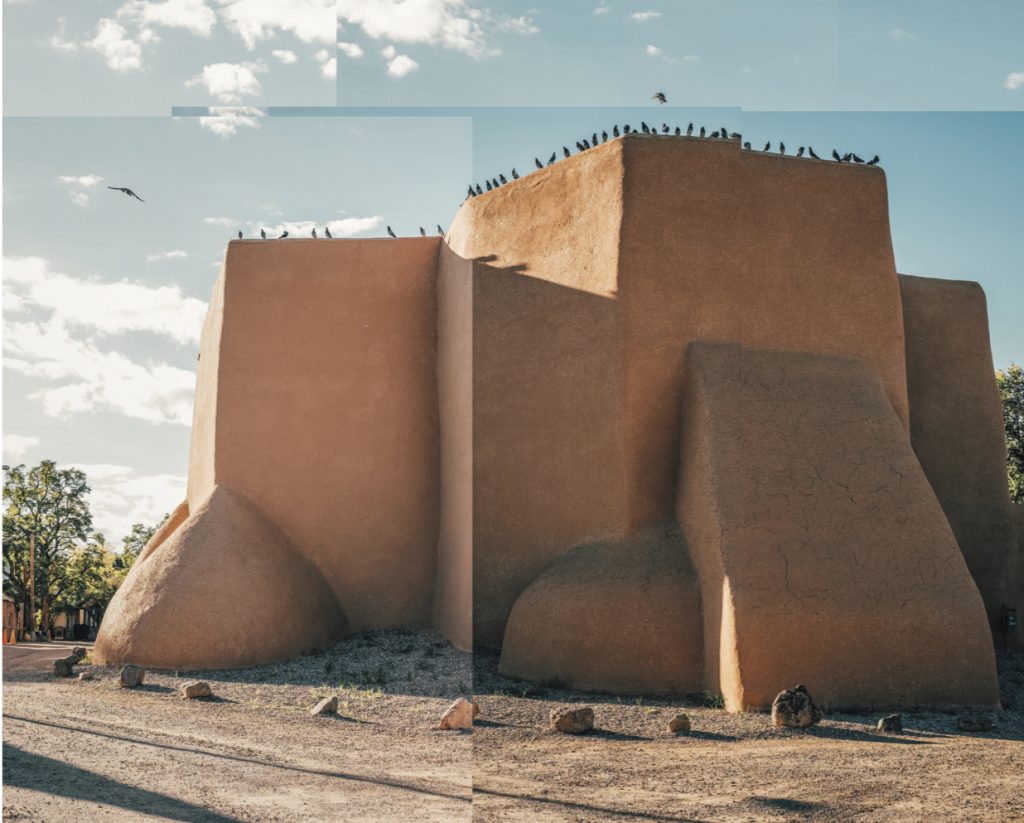
As we walk through the Pueblo and marvel at the Adobe architecture with its strong geometry and modular design, Spruce explains that the adobe bricks are handmade from earth, straw, and water, then coated with a straw and mud plaster that glistens when sunlight catches the flecks of mica that are part of the earthen coating. These homes also keep the 150 residents, who live on the Pueblo without running water or electricity, cool in the summer and warm in the winter. “Our houses were made with materials from the earth and we constructed them with common sense,” she says of the largest multi-story Pueblo in the country. “They are the original form of eco-friendly construction.”
This earth-bound synergy with nature is hard to avoid in Taos. Everywhere you look natural beauty astounds, especially if you wake up with the sun and head to the The Rio Grande del Norte National Monument. You
can smell the pungent sage as you start your hike along the West Rim South Trail that traverses a plateau high above the mighty Rio Grande River. Dare to look down several hundred feet into the gorge and you’ll understand why President Barack Obama declared this awesome spot a National Monument. As you amble and the sun begins to rise, patterns and colors change before your eyes, rabbits hop along beside you, and the calm silence is a poignant reminder how difficult, and liberating, it can be to slow down (and ditch the device that’s usually attached to your hand). If you’re lucky, you may even spot the majestic bighorn sheep that call the gorge home.
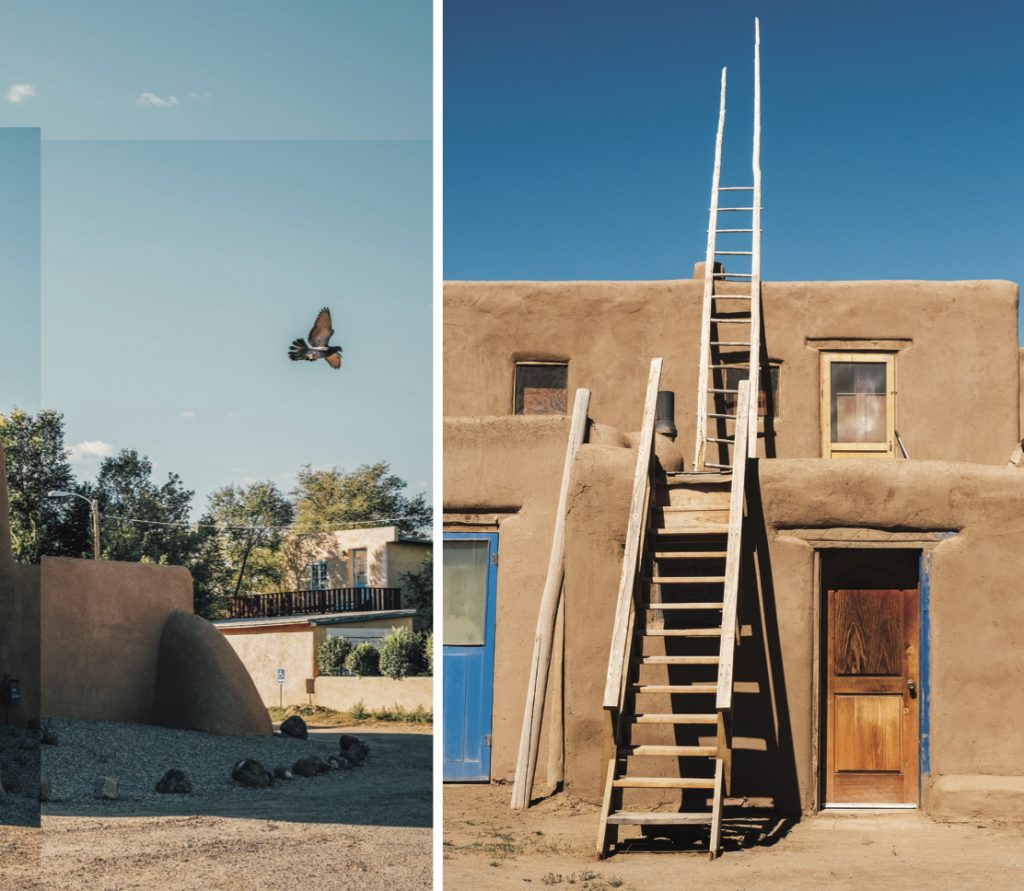
Not far from the gorge—further west along Highway 64—you’ll encounter the Earthship Biotecture World Headquarters where radical sustainability is the guiding principle of a community of homes first envisioned in the 1970s by architect Mike Reynolds. It truly does look like you’ve landed on another planet where alien ships with oddly curved roofs have embedded themselves into the earth. But upon closer examination, and a stop into the visitor center, you learn these structures are not only idiosyncratically beautiful but go well beyond LEED certifying standards—water is harvested from rain and snow, power comes from the sun and wind, and the construction emphasizes use of recycled materials such as earth-laden tires, broken glass, and cans. This off-the-grid community has since been replicated around the world in places like Africa, Europe, and in Central and South America.
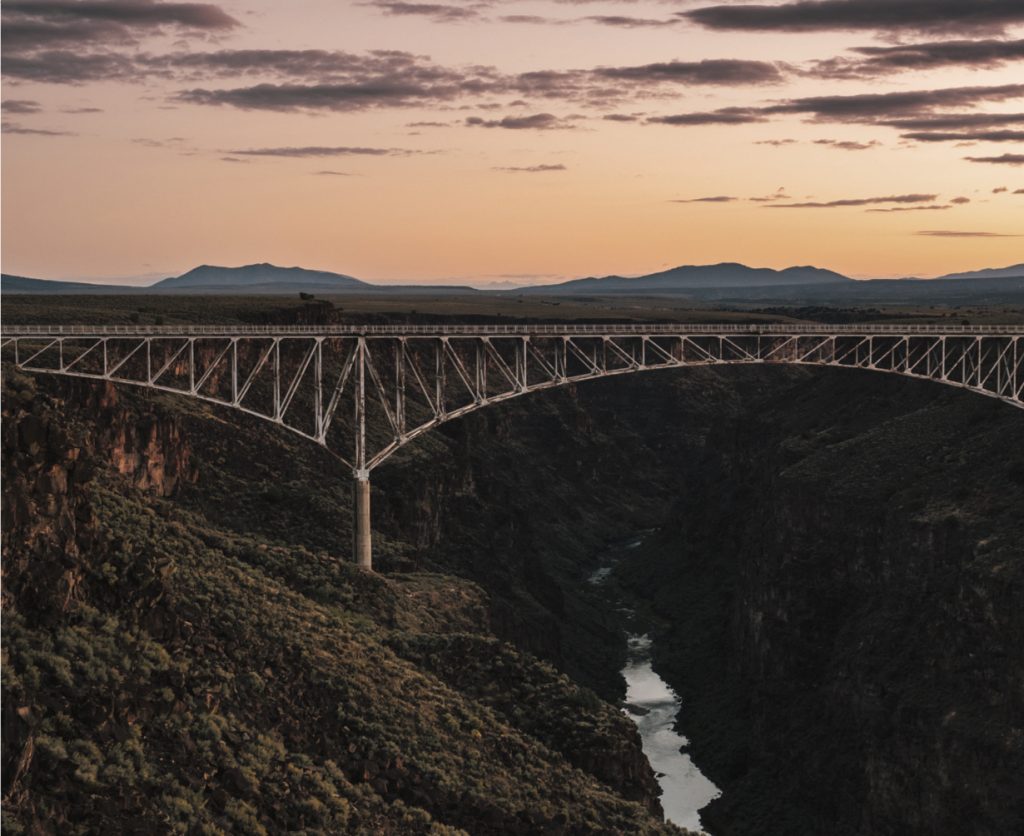
Taos has a way of rousing visionaries to turn the inspiration they find there into something iconic. It started with The Taos Society of Artists founded at the turn of the century when a couple of East Coast artists, Ernest Blumen- schein and Bert Phillips, stopped there when their wagon wheel broke. Others followed. Then, in the 1920s Mabel Dodge Luhan, a wealthy and well-connected patron, invited modernists like the writer D.H. Lawrence, photographer Ansel Adams (who published a seminal book depicting the Taos Pueblo), and painter Georgia O’Keeffe. When O’Keeffe arrived for the first time in 1929, she said: “In the evening, with the sun at your back, that high sage-covered plain looks like an ocean. The color up there—the blue-green of the sage, and the mountains, and the white flowers— is different from anything I’d ever seen.”
“Taos has a way of rousing visionaries to turn the inspiration they find there into something iconic.”
Her most famous images of Taos are her renderings of the San Francisco de Asis Church, built in 1816 incorporating both Spanish Colonial and Native American styles. The church is a must stop on any visit to Taos. If you want to follow in the footsteps of the many artists who’ve captured the beauty of this iconic structure, visit late morning when the light casts graphic shadows, a reminder that everything and everyone are connected.

Today, Taos continues to attract creatives—it’s estimated that more than 15 percent of the population are artists. That artistic spirit spills into other areas. Restaurants like The Love Apple are preparing modern, farm-to-table interpretations of Southwestern cuisine. Then there are the unique shops, such as Common Thread/Uncommon Fabrics, which showcase textiles from both local and global artisans. Or, on the Taos Plaza, there’s Smoke Signals— the only Native American owned shop in the historic gathering place— which carries handmade pottery, leather goods and ceremonial pipes made by proprietor Dean Little Lake Johnson.
It’s pure enchantment. As O’Keeffe, who eventually relocated to New Mexico and stayed until her death, discovered. She wrote: “The country seems to call one in a way that one has to answer it.” So, we say, put down your phone, and take that call.



